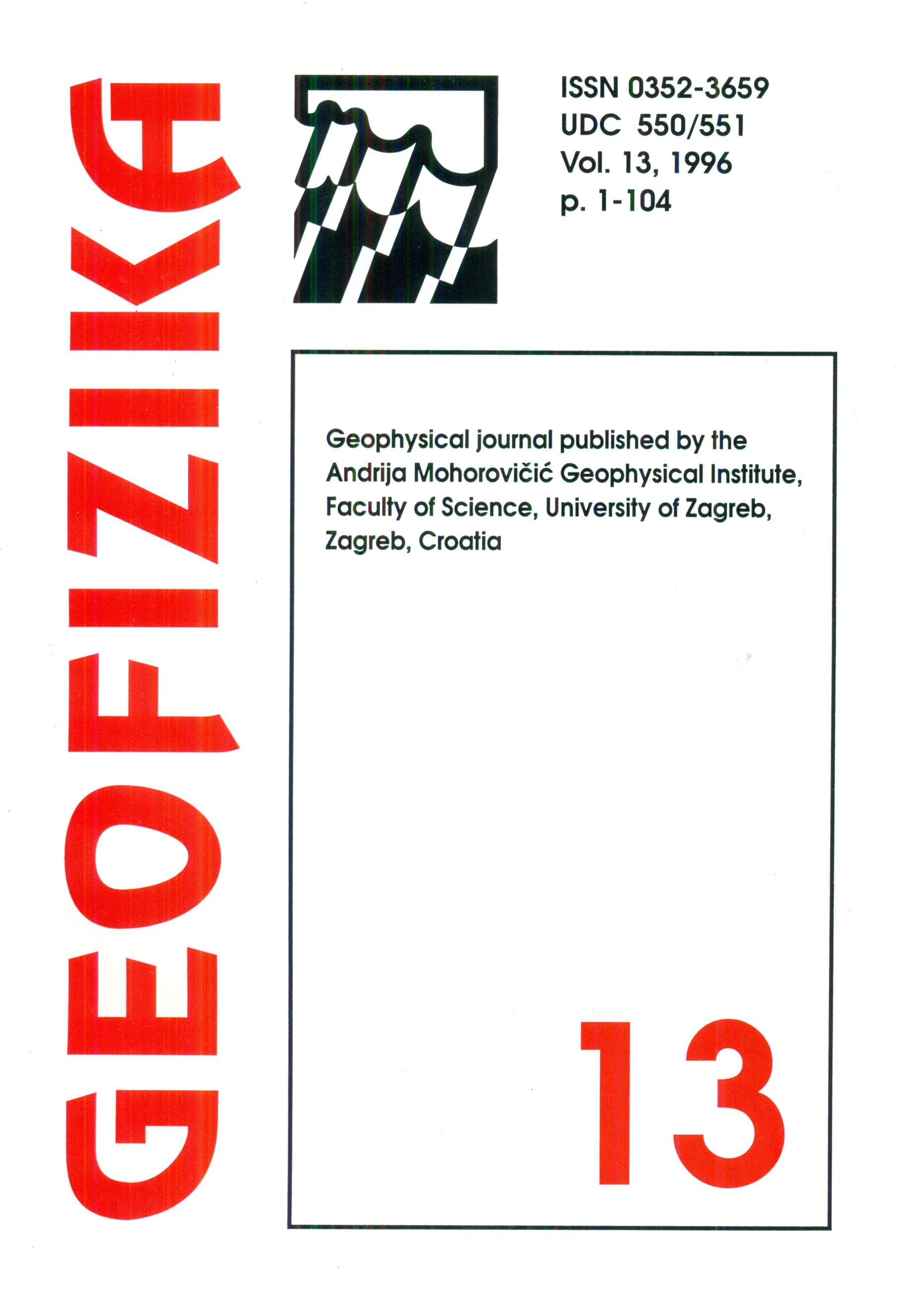P-wave magnitude spectra, stress drops, rupture complexities and other source parameters from broadband seismograms of three 1987 Southern California earthquakes
Keywords:
Magnitude spectra, earthquake source parameters, Southern CaliforniaAbstract
Three large earthquakes in Southern California - the Whittier Narrows earthquake of 1 October 1987 (WN), and the Elmore Ranch (ER) and Superstition Hills (SH) earthquakes of 24 November 1987 are analyzed using broadband recordings from the Graefenberg (GRF) array. The P-wave seismograms from all stations of the array are utilized to determine the magnitude spectra of the earthquakes. The magnitude spectrum represents the velocity amplitude density spectrum at the earthquake source, scaled in magnitude units. At 1 Hz the magnitude spectra show good agreement with the NEIC mb (5.8, 5.7, and 6.0 respectively for events WN, ER, and SH). The maximum magnitudes, however, occur at longer periods (16 s, 4.1 s, and 3.6 for WN, ER, and SH) and have larger values (6.3, 6.6, and 6.7 for WN, ER, and SH). Other source parameters determined from magnitude spectra are P-wave energy, seismic moment, fault length, average stress drop, and source complexity. The magnitude spectra and the source parameters show systematic variations across the stations of the GRF array. These variations are interpreted as the effect of changes in the local geological conditions underneath the array. The variations are smallest for the maximum spectral magnitude (with a standard deviation of less than 1%) and the largest for the stress drop (average standard deviation of 40%).
Additional source parameters derived from the magnitude spectra are: asperity radius, displacement across the asperity, localized stress drop, and ambient faulting stress. Significant differences in the magnitude spectra and source parameters are observed between ER and SH on one side and WN on the other. The magnitude spectra of ER and SH are much simpler in shape, as compared to WN, which in turn is characterized by a high complexity and a low average stress drop (0.1 MPa). ER appears to be the result of a smooth and simple rupture with a homogeneous stress drop. SH reveals a moderate rupture complexity.
Downloads
Published
Issue
Section
License
Copyright (c) 2021 Geofizika journal

This work is licensed under a Creative Commons Attribution-NonCommercial 4.0 International License.

